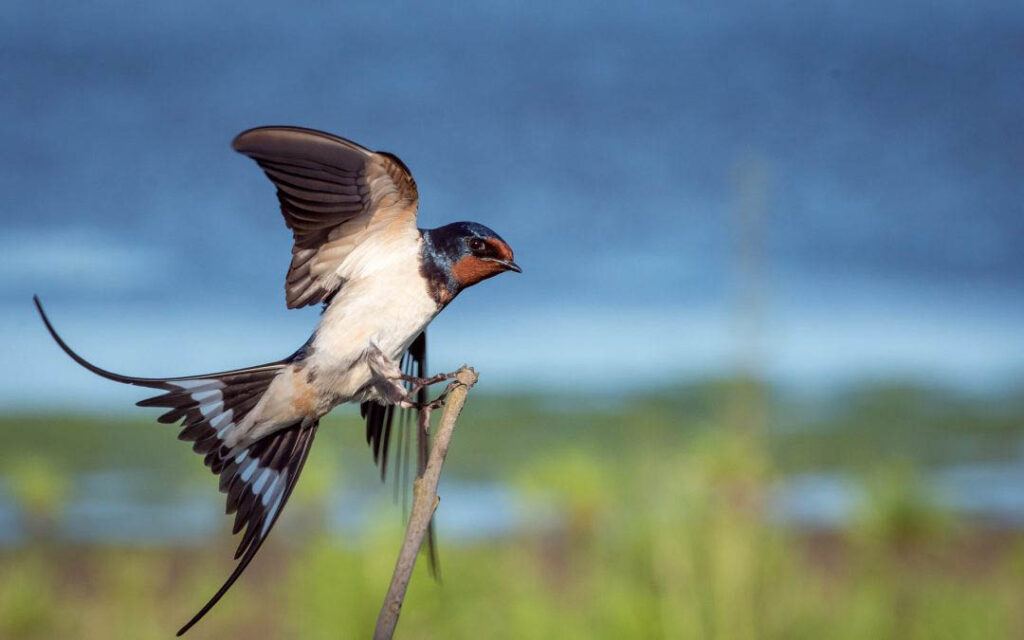
Before you delve into the market looking for the best binoculars for bird watching that fits your budget, you need to make a comparison on a long list of features and specifications. This brief outline works for any binocular choosing, but we’ve tailored it for bird watching users. So what are the most important features you should consider
How to choose bird-watching binoculars
1. Magnification:
This is the first number on the combinations you would usually find printed on any binocular. For example, 10×42, 8×32, etc. the appropriate magnification for bird watching is from 8 to 10x. Anything bigger than 10x means a bigger binocular, which suggests purchasing a tripod.
2. Objective Lens Diameter:
The second number in the combination. For example, in an 8×42 binocular, the objective lens diameter would be 42. This controls the amount of light that enters your binocular. Anything lower than 30-42mm would make poor images when bird watching.
3. Field of View:
This represents the area visible when you look through your binoculars. This is measured at 1000 yards. For birdwatching activities, you need a wide FOV. Anything from 330 ft. above works fine in this case.
4. Close Focus Range:
The smaller the better. The best range is anything under 6.5 feet/ 2m.
5. Porro or Roof Prisms:
Porro prisms are traditional, therefore cheaper. They are out of style, unlike roof prisms which allow light to penetrate right through your binoculars without zigzagging. Choose Roof prisms; they also weigh less.
6. Waterproof and Fog-proof:
You have little to worry about here. Almost all binoculars that exceed the $100 mark are fog proof and waterproof.
7. Ease of Focus:
Birds sometimes move so fast that you have to readjust your focus at great speed. We recommend you use binoculars having one center knob easily accessible by your index finger. The focus must also be smooth and not stiff.
8. Eye Relief:
The best birding binoculars allow you to see the whole FOV even while you stare from a distance. A rule of thumb is, if you wear glasses, you’ll need at least 15mm of eye relief. And a long eye relief can also help you to extend the eyecups more easily.
9. Weight and Feel:
Does it fit in easily into your grip? Can you carry it around easily or is it heavy? Make the choice that best suits you. Note that binoculars get heavier with a bigger objective lens diameter. There are three basic sizes of binoculars on the market:
- Compact – The majority of compact binoculars have from 25mm to 28mm objective lenses.
- Full Size – The objective lenses in a full-sized pair of binoculars will usually be around 42mm.
- Mid-Size – A good compromise between a small compact pair and a heavy, bulky full-sized pair is mid-sized. Mid-sized models typically have objective lenses around 32mm in size and are becoming much more popular.
10. Binoculars Warranty:
The best birding binoculars offer a Lifetime Limited Warranty which covers the manufacturer’s defaults. Don’t go about dropping your new binoculars; the warranty doesn’t cover that.
Now that we’ve got that covered, we take a look at the 5 best birding binoculars on the market today. For the flexibility of various budget sizes out there, we’ve picked the best of every price range from the economic range of $100 to the high-grade range if $1000 and above. Our top 5 binoculars for birdwatching are as follows:
Best of Low-Range (Under $300)
Nikon Monarch 5 (8×42) – The Cheapest binocular for birding
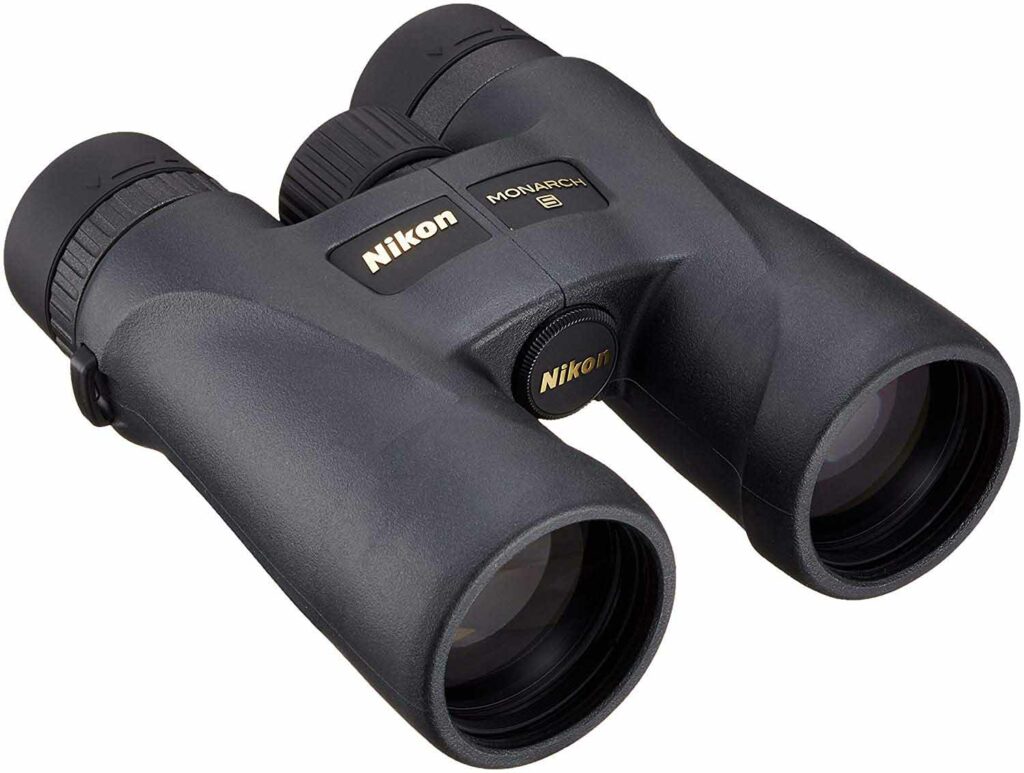
Price: $269.47 at present
The best of the economy-priced binoculars goes to the Nikon Monarch. The model is extremely lightweight and easy to carry around. Its field of view is great, allowing glass-wearing users to look into the binocular while keeping sufficient distance between their brows and the eyecups. Its fully multi-coated eco-glass lenses allow higher light transmission into the prism. This gives objects in view a more natural and clearer outlook. The lenses have dielectric prism coatings that provide high-contrast images that produce rich accurate colors.
The eye-relief is greatly enhanced by its turn-and-slide rubber eyecups. The Nikon Monarch 5 has a rubber-armored body which allows users to grip better. Its most important feature would be its smooth central focus knob which allows easy adjustment when focusing on birds. It is also waterproof and fog-proof.
Pros
- It is affordable and has many top-notch features.
- Image quality is similar to more expensive models
- Very good binocular for beginners
Cons
- Field of View isn’t so wide at 330 feet. Could be better
Best of Mid-Range ($300 – $750)
Nikon Monarch 7 (8×42)– Best nikon binocular for birding
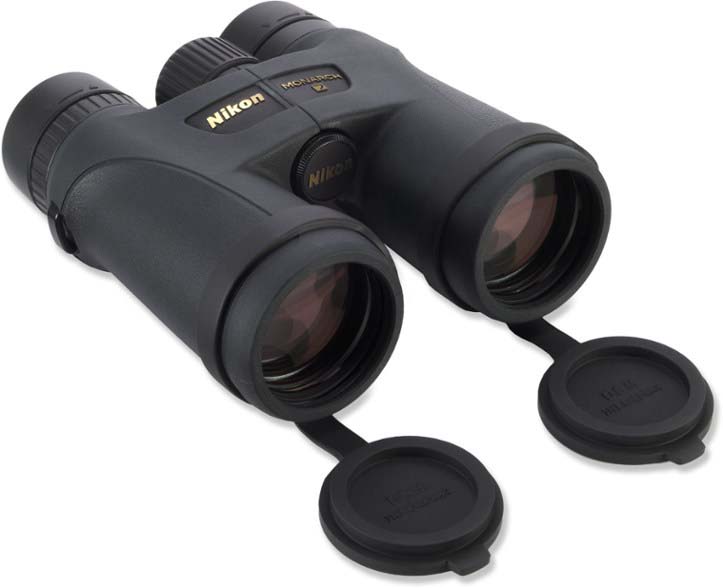
Price: $438.89 at present
Another affordable project of Nikon, the Monarch 7 performs quite well for its price range. Its dielectric high-reflective multilayer prism coatings allow it to produce high-quality images and accurate color. It comes with protective covers that safeguard the lenses when they aren’t in use. Asides the fact that it is lightweight, it also comes with a carrying case that makes it easy to carry around on travels or hiking. It is waterproof and fog-proof. It comes with the modern roof prisms. It has an extremely wide Field of View.
Pros
- Has an Extra-Low Dispersion glass
- Wide FOV (Field of View)
- Light, portable and easy to carry around
Cons
- Image quality nosedives in low-light conditions.
Best of High-Range ($750 – $1500)
Zeiss Conquest HD (8×42)
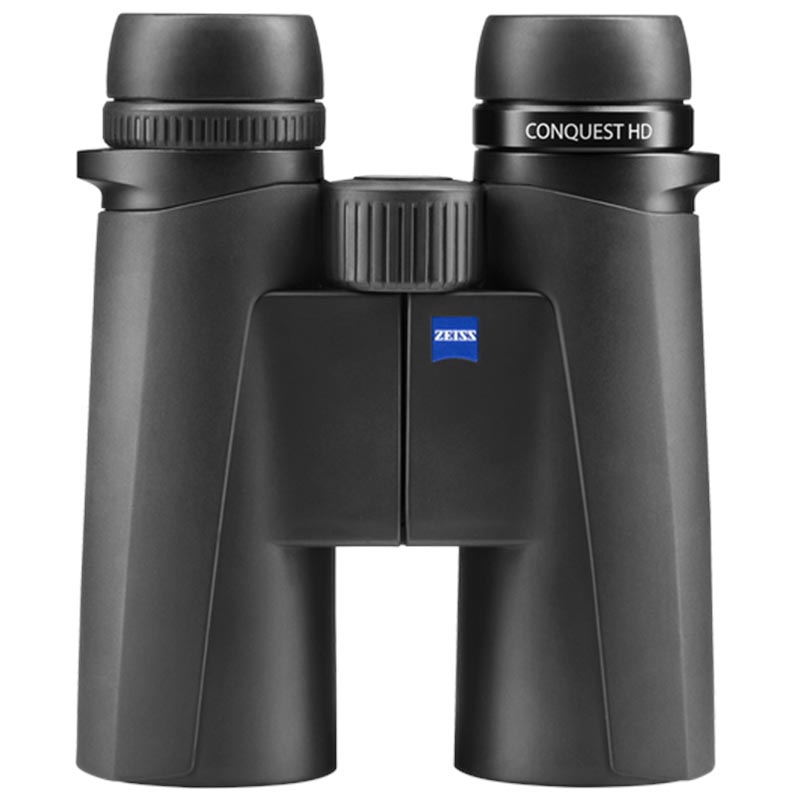
Price: $969.99 at present
Few binoculars come close to Zeiss models, especially when it comes to birdwatching. It offers light transmission of up to 90+ which produces crystal clear images. This model offers a very wide field of view at 59°. It comes with an ergonomic design which gives extreme comfort when holding. Its brightness level is top-notch and enhanced by its T premium lens coatings. Its LotuTec water-shedding outer coatings protect the binoculars from wet weather such as fog and rain. Its eyecups twist and rotate; they can also be locked for both eyeglass and non- eyeglass wearers.
Pros
- Easy to use by beginners
- Looks and feels like the Zeiss Victory SF
- Limited Lifetime Transferable Warranty (for USA & Canada)
Cons
- Quality of the lens covers isn’t as good as it seems
- It is super heavy
Best of the Luxurious ($1500 and above)
Zeiss Victory SF (8×42)
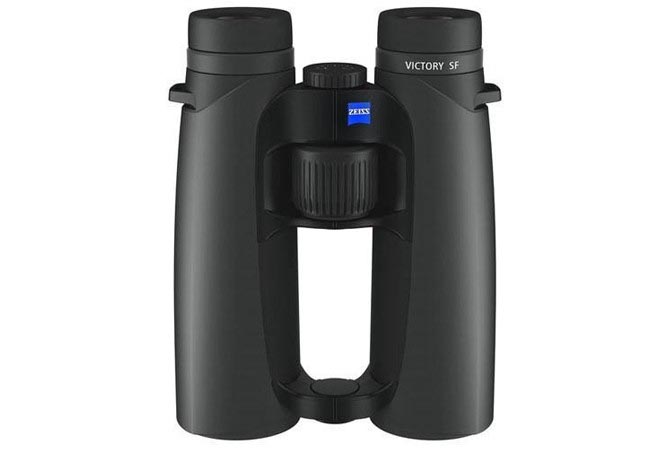
Price: $ 2,699.99 at present
This may arguably be the best binoculars in the world right now. You can use the Zeiss Victory SF for any outdoor activities like hunting, nature observation, wildlife viewing, hunting, astronomy and, of course, birdwatching. This model’s lens system lets in 92% light transmission. Images appear brighter and have better color rendition. It provides special wearing comfort. With a strap that eases about your neck, you can carry it about while you hunt. It delivers the most ergonomic feel, letting you be one with the binocular and the environment.
The Zeiss Victory SF’s focus wheel is revolutionary, letting you comfortably switch focus on objects at long hours without your hands hurting. Its field of view is unmatched by many, coming up at 485 feet/1000m. Even during long periods of observations, the image on the lens remains the same and doesn’t lose contrast and color like so many rival binoculars. Having a LotuTec coating, the Zeiss Victory SF is a very durable piece of binoculars that is resistant to scratch, fog, and rain.
Pros
- Magnificent image quality
- Small close focus
- Comfortable design
- Wide field of view
- Lifetime Limited Warranty
Cons
- Supper expensive
- Not a great place to start for beginners or leisure birdwatchers.
Leica Noctivid (8×42)
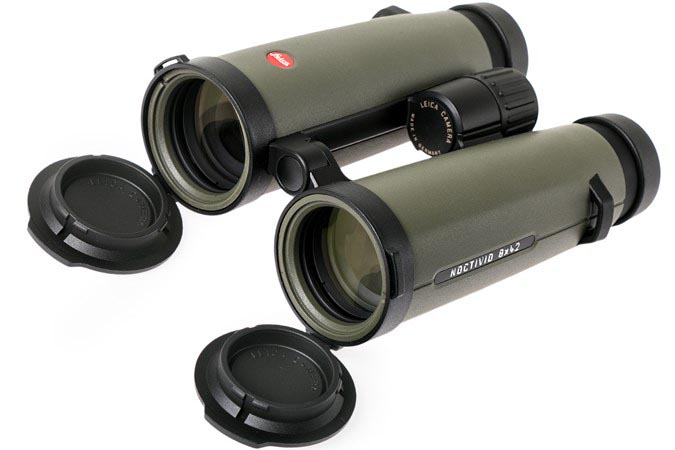
Price: $2,791.99 at present
It wouldn’t be fair to ignore the Leica Noctivid as one of the best luxurious birdwatching binoculars on the market. The manufacturers of this model claim to have integrated nothing less than 12 glass lens elements into the binocular. To ensure optimum light transmission, high-quality lens coatings were built into the model through a process called high-temperature plasma deposition process. Its lens allows a wide range of visible light in, causing the resultant images to appear brighter than usual and colorful. Its innovative AquaDura coating protects the binocular from any and all weather types; and also protects the lenses and body against scratching and abrasion.
Pros
- Image quality is simply unrivaled.
- Upon purchase, comes with lots of accessories like eyepiece cover, corduroy carrying back and a contoured neoprene neck strap.
- Lifetime Limited Warranty
Cons
- Too expensive for many passionate birdwatching lovers.
- Not the best tool for beginners
- Image quality fluctuates in different low-light situations.
Wrap Up
There are several different factors to consider before choosing the binoculars for bird watching. These factors include your location, bird watching goals, budget, and others that will determine the best pair of binoculars for your needs.
Make sure that you think about these things and have the answers BEFORE you purchase a pair. The best pair of binoculars are the ones you use. If they are comfortable and work for what you want them too, then they are the right pair.
Vilis-bino
Should read next: Best Pocket Binoculars for Birdwatching
